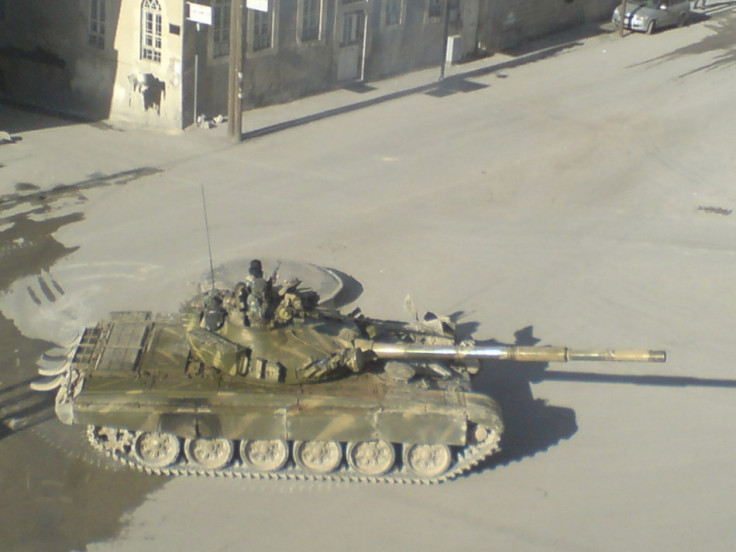Syria Arms Imports Surge Almost 600%, Most Supplied by Russia

Syria's arms imports rose by 580 per cent from 2007 to 2011 compared with the previous five years (between 2002-2006), with Russia supplying a bulk of it, according to a new report on international arms transfers published by the Stockholm International Peace Research Institute (Sipri).
Russia supplied 78 per cent of Syria's imports in the past five years including missile systems and combat aircraft, Sipri said in its report on Monday.
"The transfer of arms to states affected by the Arab Spring has provoked public and parliamentary debate in a number of supplier states. However, the impact of these debates on states' arms export policies has, up to now, been limited," said Mark Bromley, senior researcher with the Sipri Arms Transfers Programme.
The report shows how Russia is continuing its arms supplies to the Bashar al-Assad regime while the European Union and the United States have called for an arms embargo in response to the regime's bloody crackdown on the unrest.
According to UN estimates, more than 8,000 people have been killed in Syria since the beginning of the uprising.
As far as global arms exports are concerned, the US remained the No 1 weapons exporter, followed by Russia, Germany, France and Britain.
On the other hand, China, the largest arms importer in 2002- 2006, fell to the fourth place in 2007-11 constituting only five per cent of global arms imports.
"Major Asian importing states are seeking to develop their own arms industries and decrease their reliance on external sources of supply," said Pieter Wezeman, senior researcher with the Sipri Arms Transfers Programme in a statement.
According to Sipri, the decline is due to improvements in China's arms industry and rising arms exports.
China is now the sixth largest supplier of arms in the world, narrowly trailing the UK.
Sipri attributed the rise in China's arms exports to Pakistan as it is the largest importer of Chinese manufactured weapons.
"While the volume of China's arms exports is increasing, this is largely a result of Pakistan importing more arms from China. China has not yet achieved a major breakthrough in any other significant market," said Paul Holtom, director of the Sipri Arms Transfers Programme.
India and South Korea are the largest recipients of global arms imports; India's arms imports constituted 10 per cent of the global arms imports while South Korea accounted for six per cent of arms imports during the period 2007-2011.
As far the geographical regions are concerned, Asia and Oceania accounted for 44 percent of the total global imports followed by Europe (19 per cent), the Middle East (17 per cent), the Americas (11 per cent) and Africa (9 per cent).
© Copyright IBTimes 2024. All rights reserved.





